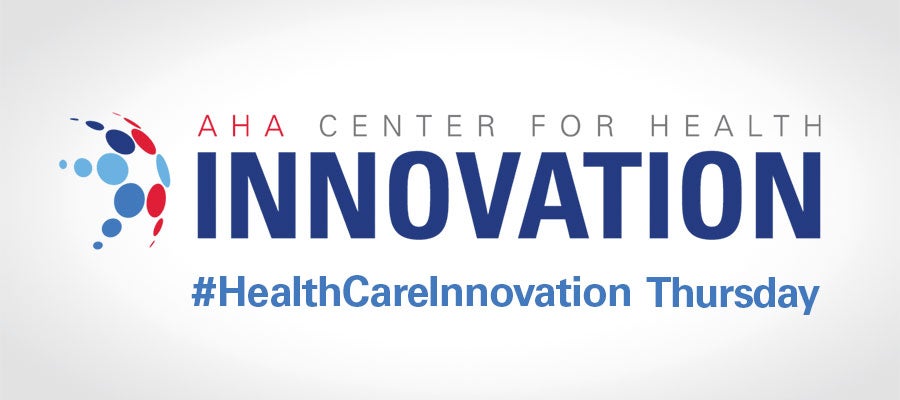AHA leader shares how hospitals pave the way to the future


At this year’s J.P. Morgan Healthcare Conference in San Francisco, nearly 30 health systems — among more than 450 companies represented at the conference — presented their plans for the future. The takeaway is simple and straightforward: Hospitals and health systems are paving the way to improve health, provide care at the right time in the right setting and promote greater affordability.
Taking matters in their own hands and courageously moving forward with “self- disruption,” leaders representing hospitals and health systems at the conference outlined a number of core strategies to promote value.
Improve the consumer experience. Health systems are working hard to create a “patients first” culture to improve the consumer experience and remove the friction points in health care. This is accomplished by focusing on keeping people well and moving to “whole person” models that provide care in alternative settings.
Such a culture will encompass numerous digital enhancements, such as smartphone apps, online scheduling, health monitoring, digital access to health records, and virtual care. This is just the beginning of health systems’ overall digital strategy; as one presenter said, “Anything that can be digital will be digital.”
Health systems are working hard to create a 'patients first' culture to improve the consumer experience and remove the friction points in health care. This is accomplished by focusing on keeping people well and moving to “whole person” models that provide care in alternative settings.
Enhance the care. At the conference, health care leaders emphasized the importance of ensuring that the best care is provided when and where needed. It is exciting to hear about research and initiatives around personalized and precision medicine, the emphasis on eliminating variation, and the energy expended in reimagining all processes for greater efficiency and experience.
Best care doesn’t happen without attending to the workforce. Addressing resiliency and workforce well-being is seen as critical to future care delivery as are learning and development around artificial intelligence and use of robotics and automation. Some health systems are addressing anticipated workforce and training issues by developing novel partnerships with nursing, medical and health professional schools.
Innovate, innovate, innovate. To pave the way to the future, a comprehensive plan for innovation is a core strategy. Reimagining care and delivery models is considered essential, particularly in ambulatory and home settings, and engaging in new community partnerships is crucial to address social determinants of health, such as housing and food insecurity, and also to promote job growth and community vitality.
Innovation also includes research and discoveries in diagnostics and treatments, including genetics and new care protocols that provide promise of what we could achieve in promoting health and care in the future.
Likewise, innovation involves creating the enabling technology and data analytics platforms and creative partnerships with major technology companies and other organizations, including start-ups and joint ventures.
Lower costs. While investments are needed to pave the way to the future, the important and necessary work of lowering fundamental costs is clear. Most hospitals and health systems are striving for significant cost-cutting in the areas of revenue cycle and supplies, labor and process improvements.
While the need for scale to achieve efficiencies was noted at the conference, most acknowledged they desire to be less asset-based in the future and are developing more cost-effective ambulatory and outpatient options for care.
Grow and move to value. Investors heard the latest plans for growth, including expanding market share and increasing covered lives in sponsored health plans, accountable care organizations and direct-to-employer arrangements. In addition, new markets were noted, the result of mergers and acquisitions, expanding ambulatory and home health services and offering new centers of excellence. In addition, strategies discussed included growing non-patient care revenues through commercializing strengths and assets, pursuing joint ventures and expanding into international markets.
The vast majority of hospital and health system leaders attending the conference indicated they continue to expect and prepare for an increasing percentage of value-based payments in the future. They are actively “juggling” in today’s predominantly fee-for-service world while preparing for tomorrow, noting “this is not for the faint of heart.” Organizations further along their journey to value-based payments are capturing the savings and benefits for the consumer.
After two days of hearing presentations, I left the conference with a sense of hope and optimism for health care: These leaders are doing the hard work and paving the way to better lives and a better health care system in the future.
Maryjane Wurth is AHA executive vice president and chief operating officer.
Follow our AHA Weekly blogs or on social media with #HealthCareInnovation Thursday.

